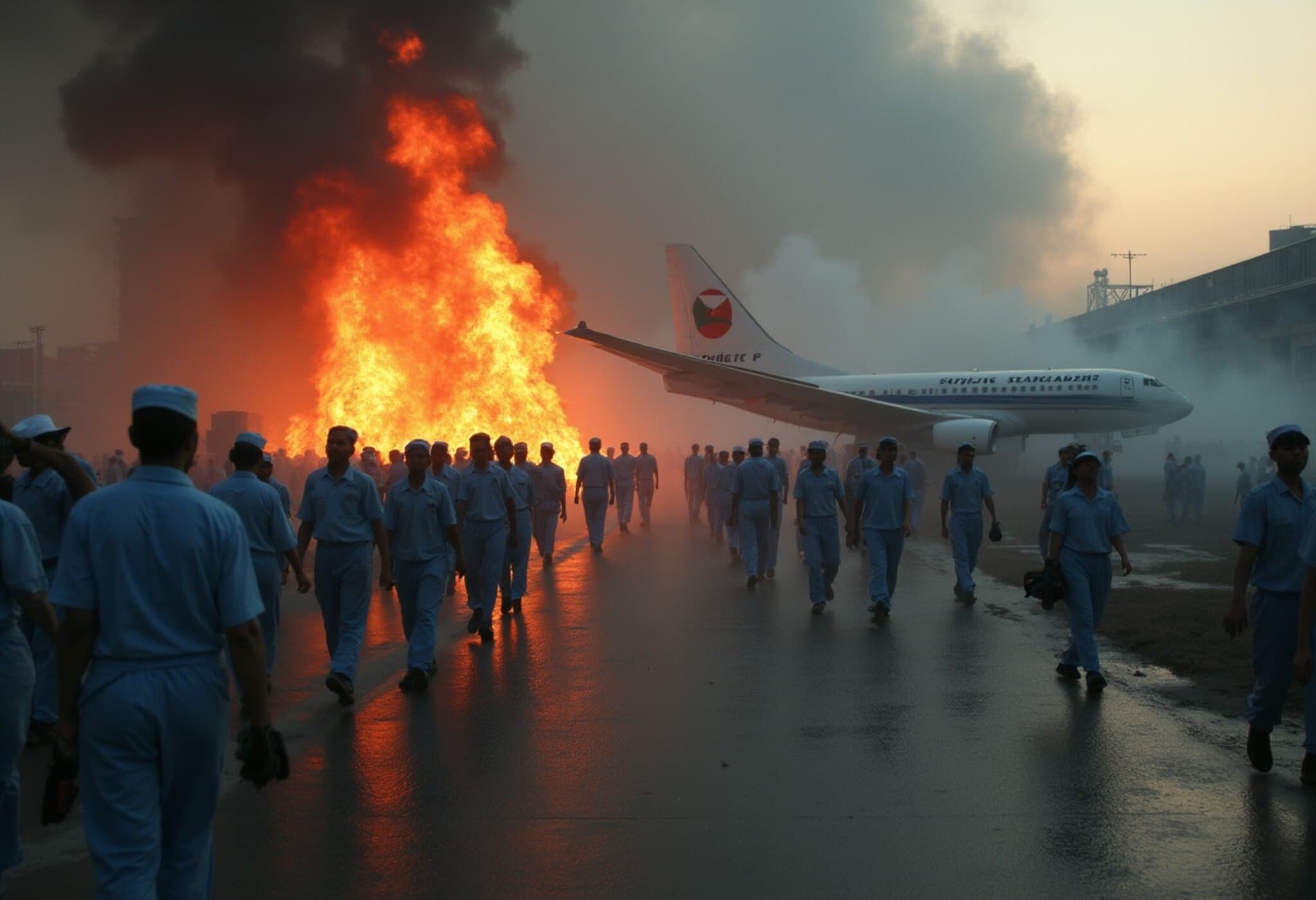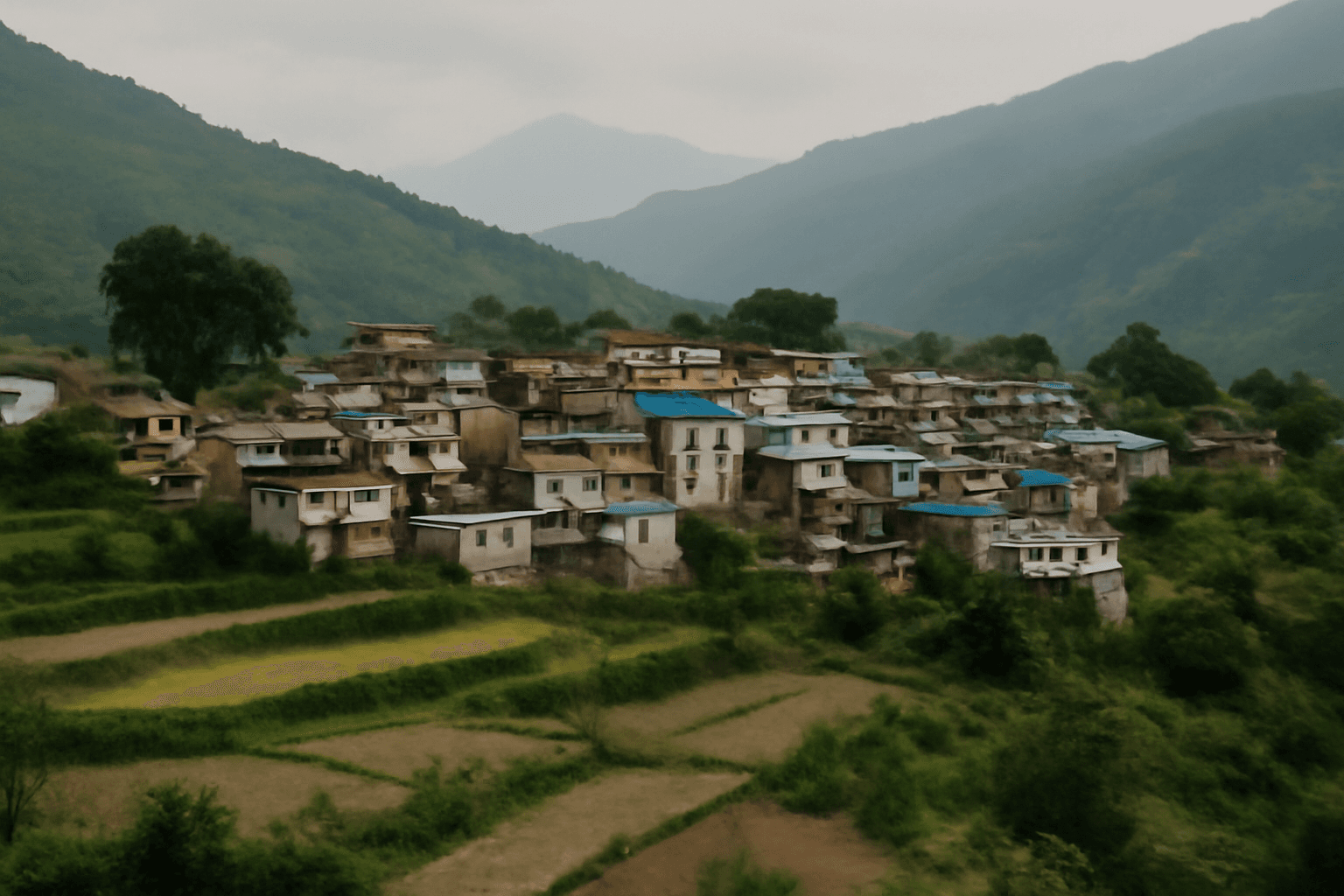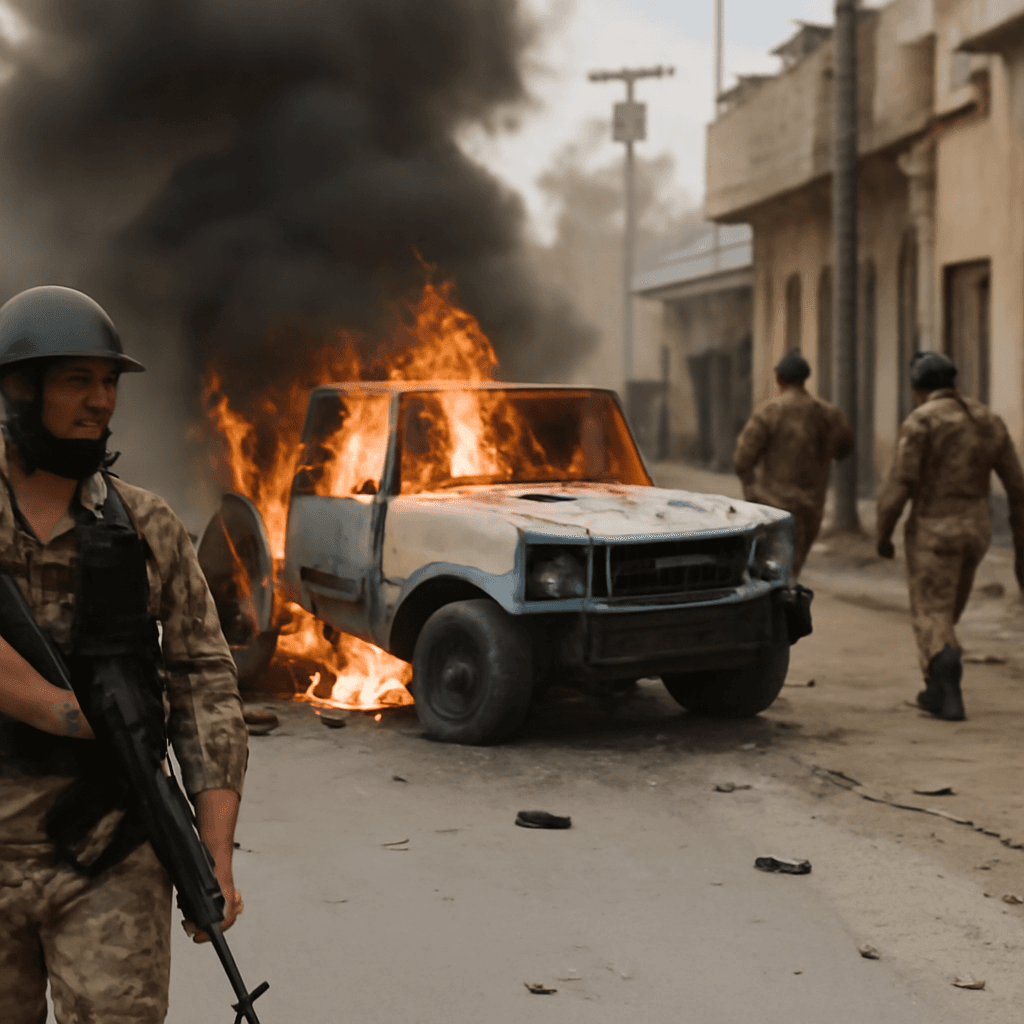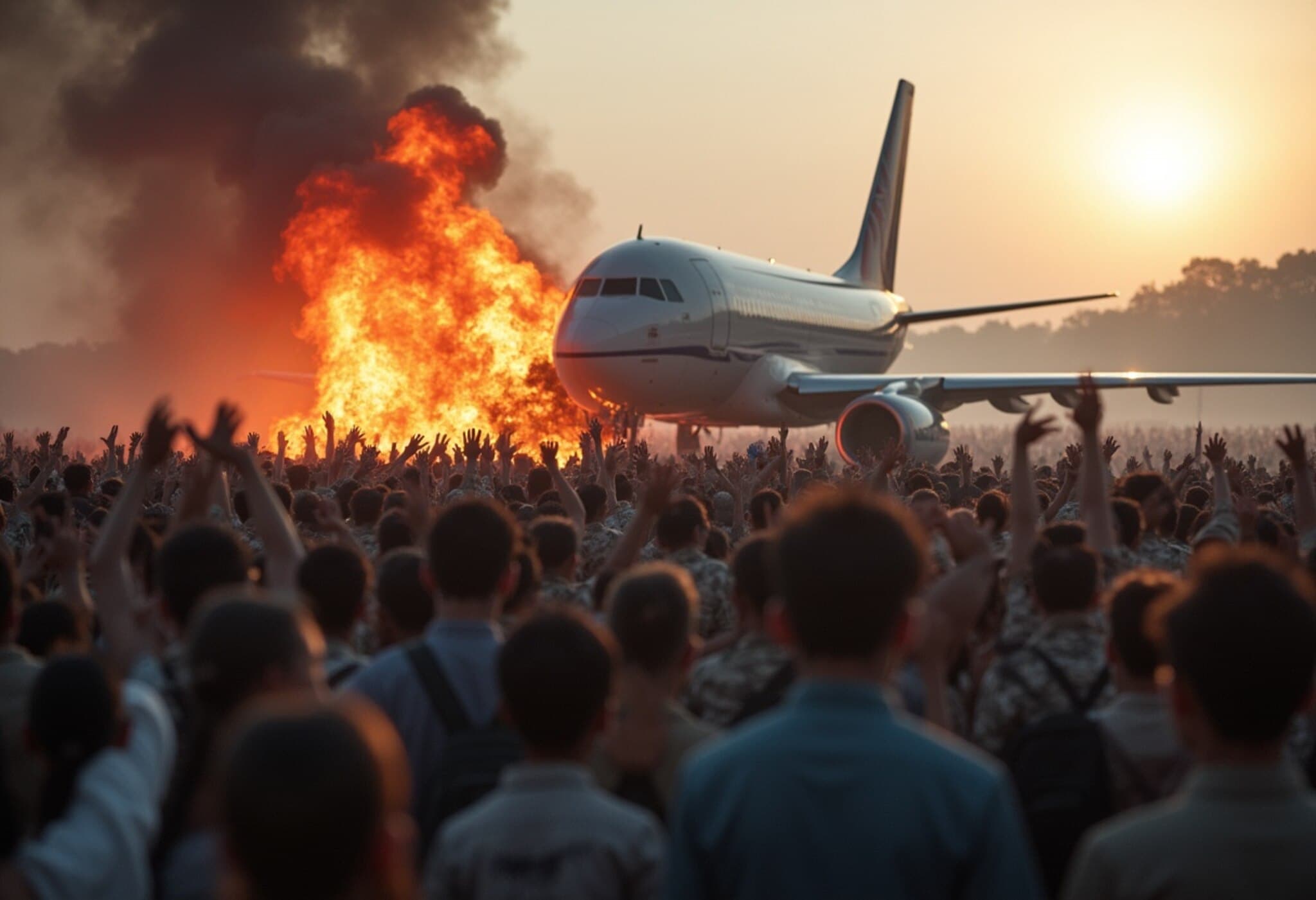India Offers Critical Medical Aid Following Devastating Bangladesh Jet Crash
In a tragic incident that shook Dhaka on Monday, a Bangladesh Air Force fighter jet crashed into the Milestone School and College campus in the Diabari area, leaving at least 27 people dead and over 170 injured, many of whom were young students. As the nation reels from this heartbreaking event, India has promptly stepped in to provide vital medical assistance to the victims.
Immediate Medical Support: India’s Swift Response
The Ministry of External Affairs (MEA) of India confirmed on Tuesday that a specialized team of burn doctors and nurses will soon be dispatched to Dhaka. This team will carry essential medical equipment and expertise specifically tailored to treat the victims suffering from severe burn injuries inflicted by the fiery crash.
According to the MEA, the Indian medical team’s initial role will be to assess the condition of the patients and lay out recommendations for their ongoing care. This includes evaluating whether some patients might require transfer to Indian hospitals for advanced treatment, reflecting an adaptive and collaborative healthcare approach.
Furthermore, the MEA did not rule out sending additional medical personnel based on on-ground needs post-assessment, underscoring India’s commitment to assist its neighbor through this crisis.
Prime Minister Modi’s Message of Solidarity and Compassion
Prime Minister Narendra Modi expressed deep sorrow over the incident in a social media post on platform X (formerly Twitter). He wrote: “Deeply shocked and saddened at the loss of lives, many of them young students, in a tragic air crash in Dhaka. Our hearts go out to the bereaved families. We pray for the swift recovery of those injured. India stands in solidarity with Bangladesh and is ready to extend all possible support and assistance.”
Such statements emphasize not only the human cost of the accident but also the enduring bond between the two South Asian neighbors.
The Crash and Its Impact: A Closer Look
On Monday, the Bangladesh Air Force’s F-7 BGI training jet was on a routine flight when it suddenly plummeted onto the school campus, triggering a massive fire that spread rapidly. The suddenness of the incident led to unimaginable panic among students and staff, with many scrambling to safety amidst flames and chaos.
This crash raises vital questions about aviation safety protocols near populated areas and the emergency preparedness of institutions situated close to military flight paths — a subject of ongoing concern not only in Bangladesh but globally.
Expert Insight: Regional Safety and International Cooperation
The tragedy highlights the importance of robust coordination between military operations and civilian infrastructure, especially in densely populated urban settings like Dhaka. Aviation safety experts often point to improved risk assessment and stricter no-fly zones around schools and residential areas as critical prevention measures.
Moreover, India’s rapid medical offer exemplifies the value of cross-border humanitarian cooperation in South Asia, where shared challenges necessitate collective responses beyond political boundaries.
Looking Ahead
- Continuous medical aid and trauma support for victims and families remain paramount.
- Enhanced safety audits and revisiting flight operation policies near civil zones should be prioritized.
- Further exploration of joint emergency response frameworks between India and Bangladesh could improve disaster readiness.
This event serves as a somber reminder of how swiftly calamity can strike and how empathy and prompt support can forge stronger regional ties.
Editor’s Note
The Bangladesh jet crash underscores the fragility of life and the imperative need for stringent safety in all aviation activities adjacent to civilian zones. India’s immediate extension of specialized medical aid reflects the power of regional solidarity in times of crisis. Readers should reflect on how international cooperation in humanitarian aid not only heals bodies but also strengthens diplomatic relationships. How might neighboring countries collaboratively enhance safety protocols to prevent similar tragedies in the future? This question remains critical for policymakers and citizens alike.















